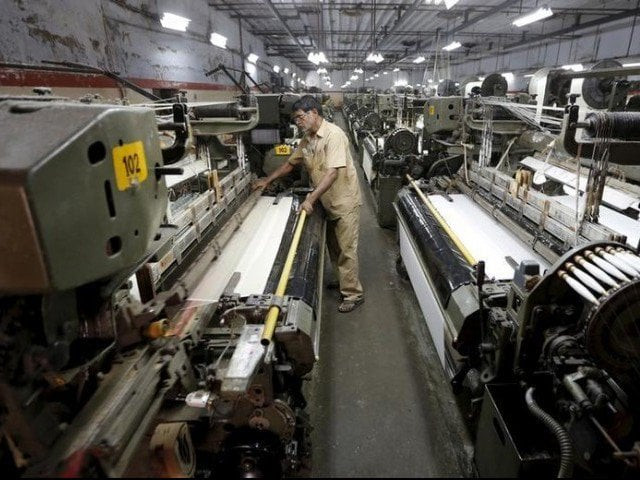Textile, apparel: Young innovative firms key drivers of job growth
Newly established small-scale units are widely involved in making innovations

PHOTO: REUTERS
At present, the newly established small-scale units were widely involved in making innovations compared to old and large textile units and their chances of success had improved, stated a study conducted by the Lahore School of Economics.
According to the study findings, a firm’s growth is an important factor that determines the process of structural change in developing countries. Transition of a firm from smaller to larger size typically involves technology upgrade in order to promote higher valueadded activities and achieve economies of scale.
In the process, the expanding firms generate jobs for the young labour force who enters the market in large numbers in developing countries. The research findings support the hypotheses that smaller and younger firms grow rapidly. Even though innovation in developing countries is generally described as incremental in nature and closely related to the development of technological capabilities to catch up with frontier technologies, the researchers found indigenous innovation efforts to be an important driver of employment growth of firms in the textile and apparel sector of Pakistan.
Furthermore, it was found that the combined effect of small size, young age and innovation raised growth even further. These results back the presumption that Young Innovative Companies (YICs) engage more extensively in risky innovation activities and produce more radical products than old firms, pushing their growth performance above that of old innovators.
The research data confirmed that YICs were more intensively engaged in different activities and introduced more radical innovations. It is mainly continued research and development - for employment and sales growth - and higher innovation investment intensity - for employment growth - which leads to high growth, especially among young innovative firms. The research concluded that while the self-reported technological innovation is useful to distinguish between highly innovative firms and non-innovators, in-house research and development on a continuous basis and with higher intensities are better indicators related to employment creation, especially for smaller and younger companies.
The findings also revealed that innovative firms not only display higher growth rates, but also create more jobs in absolute terms. An important policy implication the report suggests is that “since small, young, innovative companies are particularly conducive to employment generation, they can be considered as good candidates for targeted support tailoured to sustain their entry and growth. Relaxing the binding constraints to innovative entrepreneurs and young innovative companies may be an effective way to boost employment”.



















COMMENTS
Comments are moderated and generally will be posted if they are on-topic and not abusive.
For more information, please see our Comments FAQ